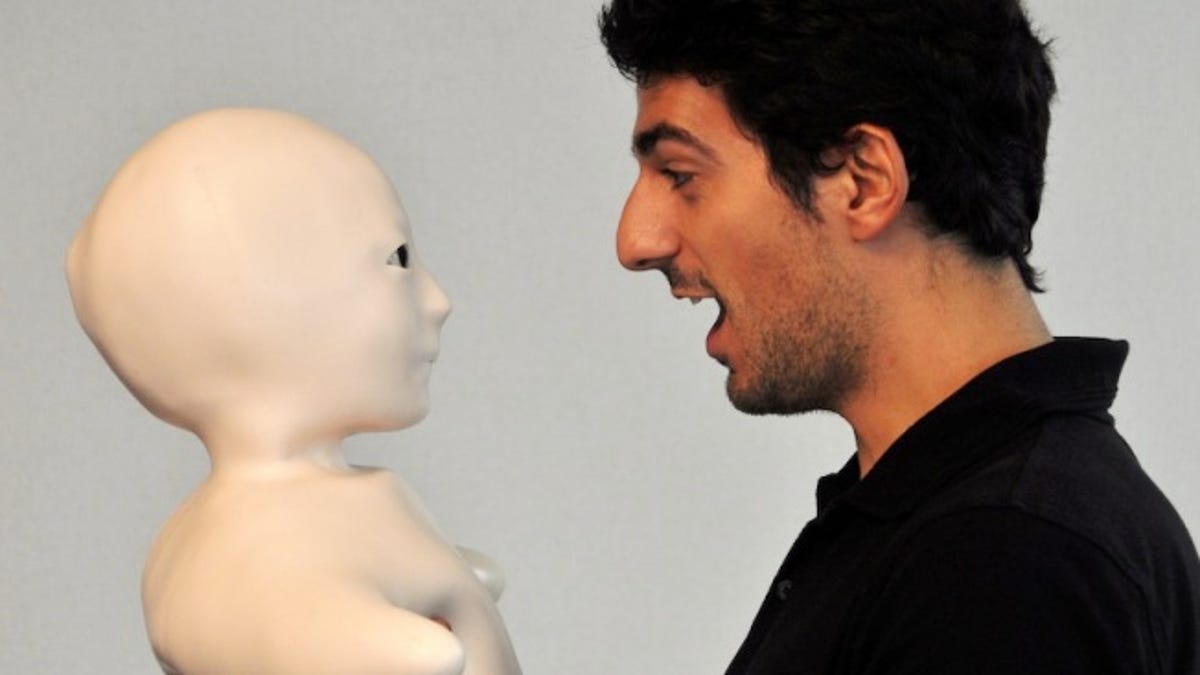Robots from outer space are somehow less terrifying
According to research conducted by the Ars Electronica Futurelab museum in Austria, people are much more receptive to the Telenoid R1 when told it's from outer space.

When we first set eyes on the Telenoid, we were convinced it was not a gadget we'd be comfortable having in our lives. The robot was designed as a telepresence interface; it would act as a sort of speaker phone, expressing emotions and giving you a human face to speak to.
The "human" part needs a little work.
Apparently, though, the Telenoid R1 is perceived as less strange when presented as alien in origin. While on display at the Ars Electronica Futurelab in Austria, visitors received a leaflet about the robot. Each leaflet contained the same information about the robot's functions, but contained one of two different origin stories, or no origin story at all.
The first story was completely dry and straightforward, describing the robot as "a communication robot that could become an alternative for mobile phones or video conferences within a few years time."
However, the second -- the one that made visitors most receptive to the robot -- was described it as a creature from outer space.
As a communication robot of the new interstellar time, one of Telenoid's main tasks is to help people from planet Earth maintain their human relationships. If two people on Earth would like to talk to each other or sense each other despite living far from each other -- maybe even on different continents -- then a robot of the Telenoid species is called from Telvikos and sent to the right time and place via Chronoportation.
The difference was pretty clear. According to graphs provided to IEEE Spectrum, people who read the narrative perceived the robot as being more useful -- and had a higher inclination to purchase a Telenoid R1.
It would be interesting to see if the same effect could be achieved with a narrative giving the robot a terrestrial origin, which would indicate that the narrative itself -- not the extraterrestrial part -- is the influential factor. This information could help robot manufacturers help integrate robots into homes.
We think maybe making them not so scary looking in the first place might be a good place to start, though.
The results were published in a study, titled Tell Me Your Story, Robot: Introducing an Android as Fiction Character Leads to Higher Perceived Usefulness and Adoption Intention, which was presented at Human Robot Interaction 2013 in Tokyo.
Feel like punishing yourself? Check out some of the most terrifying real-life robots around.
(Source: Crave Australia)

